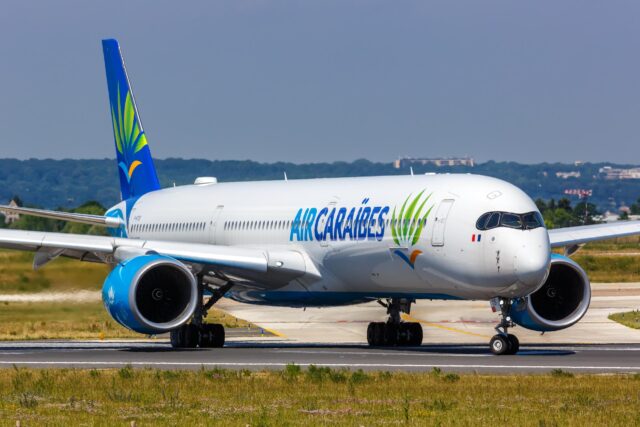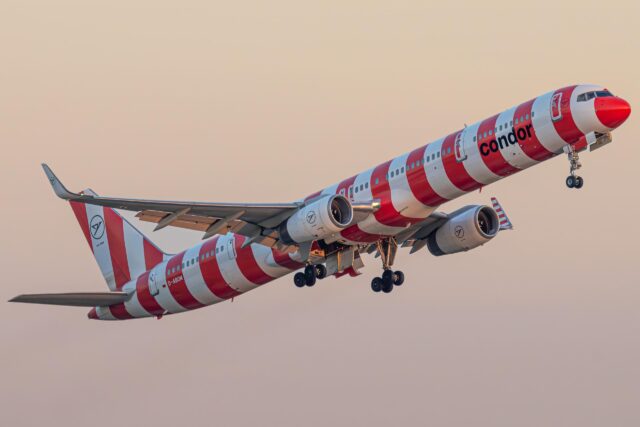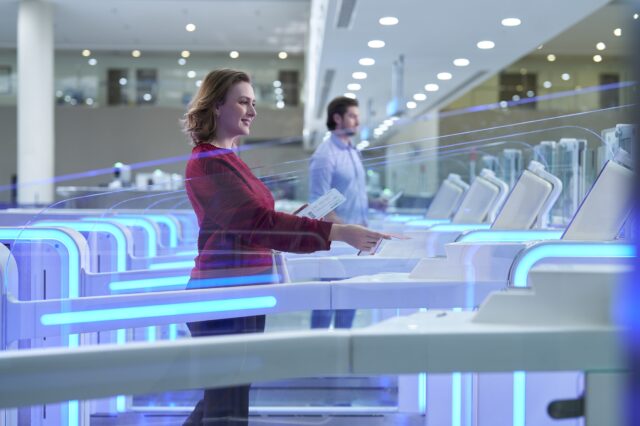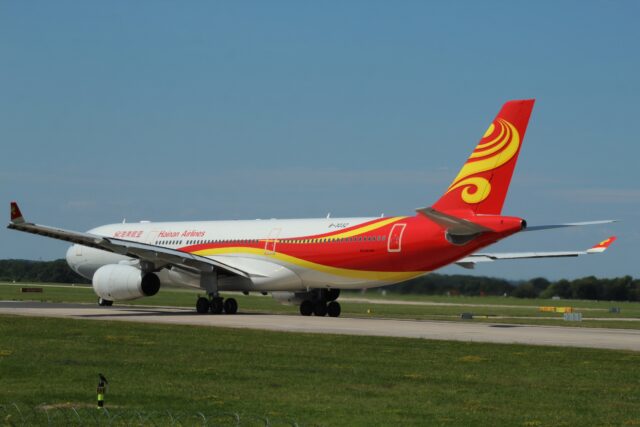Rolls-Royce and British Airways test how SAF use can minimise climate impact of contrails

November 5, 2025
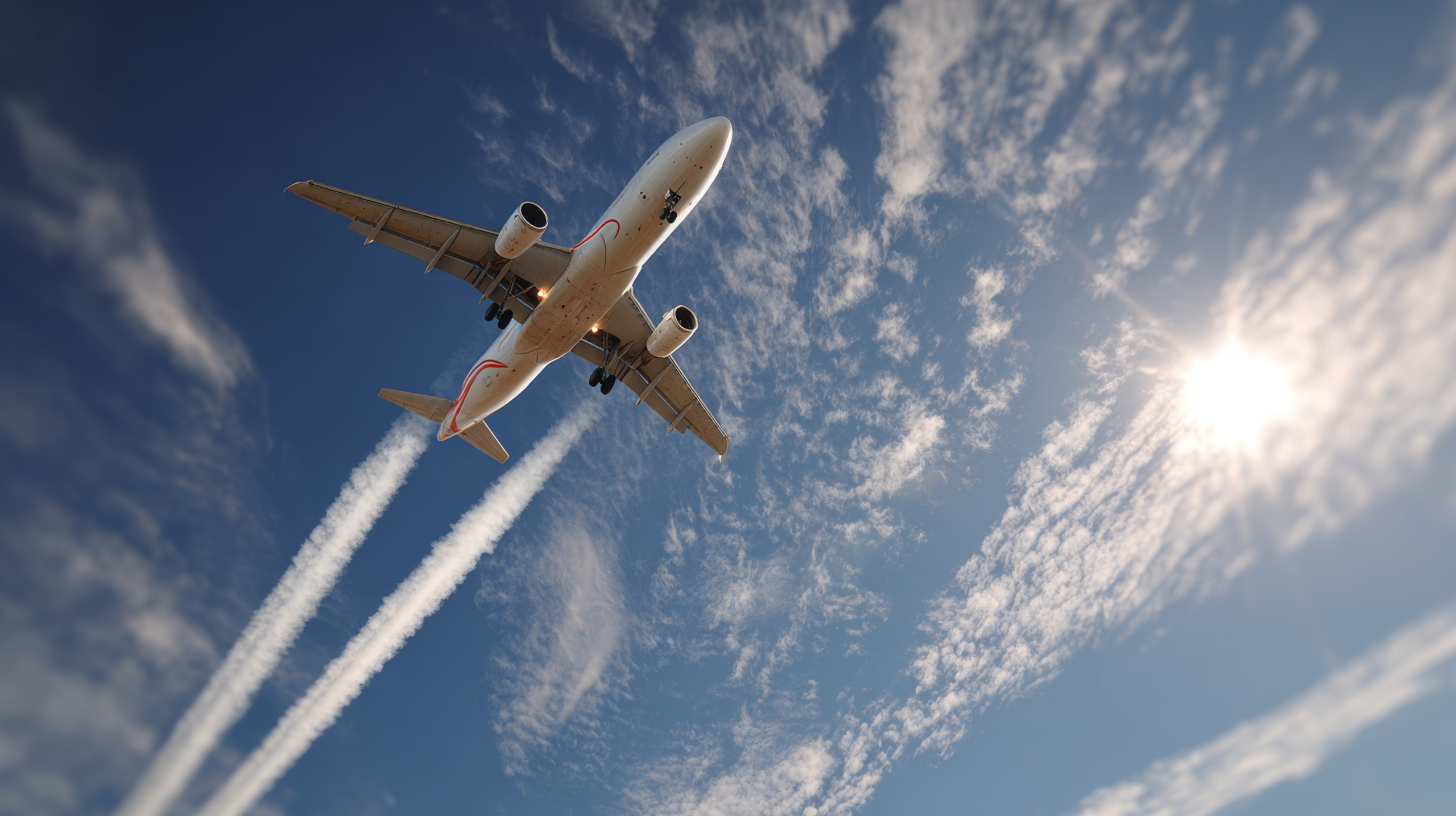
Rolls-Royce is leading a new UK research initiative to understand how smarter use of Sustainable Aviation Fuel (SAF) could help reduce the climate impact of contrails, the thin clouds of ice crystals that often trail behind aircraft.
The project, titled Quantifying Reduction in Thermal Contrails by Optimising SAF (QRITOS), brings together Rolls-Royce, British Airways, Imperial College London, and Heathrow Airport.
It is co-funded by the Non-CO₂ Programme under the Aerospace Technology Institute (ATI), in partnership with the Department for Business and Trade and Innovate UK.
While SAF’s role in cutting carbon emissions is well established, scientists believe its benefits could go further. Flight tests have shown that using SAF can reduce the number of ice crystals formed in contrails, thereby lowering their contribution to global warming.

Alan Newby, Director of Research and Technology at Rolls-Royce, said the company wants to unlock the wider environmental potential of SAF.
“SAF will not only play a vital role in decarbonising aviation, but has also been shown to reduce certain non-CO₂ emissions,” he said. “This project will demonstrate smarter ways of using SAF, which could unlock additional value through reducing non-CO₂ climate effects as well.”
How targeted use of SAF could reduce contrail warming
Because the current supply of SAF is limited, QRITOS will explore how best to deploy it.
Rather than blending small quantities across all flights, the team will examine whether prioritising aircraft most likely to produce persistent contrails could deliver greater environmental gains.
Constantly changing weather conditions mean that only a small proportion of flights are responsible for most of aviation’s contrail-related warming.
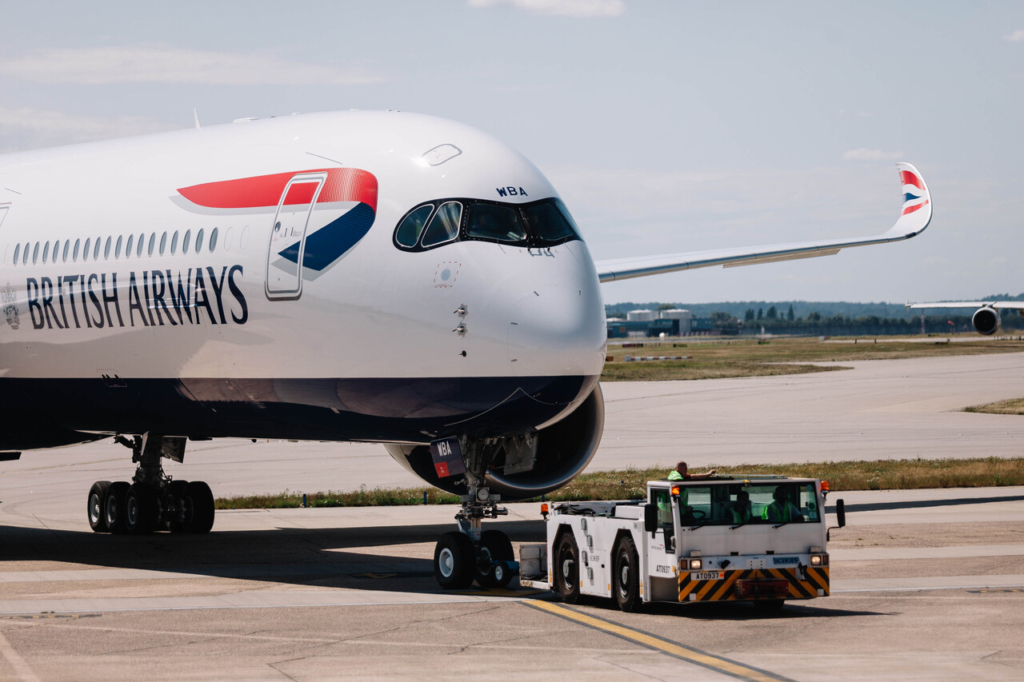
The project will combine British Airways flight trials, advanced modelling, and satellite observations to monitor contrail formation when SAF is used strategically.
Project manager Marcin Dutka from Rolls-Royce said early measurements show clear promise.
“Measurements have already shown that fuel composition can influence contrail properties,” he said. “This project aims to demonstrate how contrail climate impact might be reduced by targeting SAF at flights predicted to form persistent contrails.”
Rolls-Royce leads UK aviation project to cut non-CO₂ emissions
UK Industry Minister Chris McDonald said QRITOS shows how collaboration between government, academia, and business can accelerate sustainable innovation.
“This is government and business working together at its best,” he said. “I look forward to seeing how this Rolls-Royce project can help keep UK industry at the forefront of the race for sustainable aviation.”
The two-year project, due to conclude in April 2027, will also improve forecasting methods and enhance contrail modelling using satellite data.
Tom Byrne, British Airways’ Head of Net Zero and Environment, said the airline sees SAF as central to the future of flight.
“Through the QRITOS project, we’re exploring how SAF can go beyond reducing carbon emissions to also help minimise the climate impact of contrails,” he said. “By combining research, satellite data, and real-world flight trials, we’re working to unlock smarter, more targeted use of SAF — ensuring that every drop delivers maximum benefit.”

Matt Gorman, Director of Carbon Strategy at Heathrow, said the airport is proud to support research into practical ways to cut non-CO₂ emissions.
“As SAF continues to scale, it’s important to examine how we can use it to deliver the greatest climate benefit,” he said.
Imperial College London’s Associate Professor Sebastian Eastham added that the project will advance both scientific understanding and technical tools.
“We will develop and trial advanced computational contrail modelling and satellite image analysis techniques,” he said. “This is a great opportunity to learn about the potential benefits of targeted SAF use and to improve our ability to detect and analyse contrails.”
What are contrails and how do they affect climate change?
Contrails — short for condensation trails — form when aircraft engines emit water vapour, soot, and other particles into cold, humid air at high altitude. The vapour condenses around these particles, creating tiny ice crystals that appear as white streaks across the sky.
Most contrails disappear quickly, but some linger and spread into thin cirrus clouds that trap heat escaping from the Earth’s surface. These persistent contrails can have a measurable warming effect on the atmosphere.
Studies suggest that while contrails last only a few hours, their short-term warming impact can exceed that of the CO₂ released by the same flight.

At night, when no sunlight is reflected back into space, contrails act like a blanket, trapping heat and amplifying warming. During the day, they have a dual effect, reflecting some sunlight while still retaining heat.
Scientists estimate that fewer than 3% of global flights produce around 80% of contrail-related warming. This concentration means that targeting specific flights or routes, through smart SAF deployment or route adjustments, could substantially reduce aviation’s non-CO₂ climate footprint.
Tackling aviation’s CO₂ and non-CO₂ climate impact
Aviation contributes roughly 2% of global CO₂ emissions, but its total warming impact is significantly higher once non-CO₂ effects such as contrails are included.
Despite remaining uncertainties over their precise impact, experts agree that contrails significantly amplify aviation’s climate footprint.
The QRITOS project represents a new step in addressing that challenge, not by replacing decarbonisation efforts, but by complementing them with improved atmospheric understanding and smarter fuel use.
As Eastham noted, enhancing the ability to predict and measure contrails will be vital to ensuring new technologies deliver genuine climate benefits.
“This project will deepen our scientific understanding and help aviation take another step toward truly sustainable flight,” he said.
